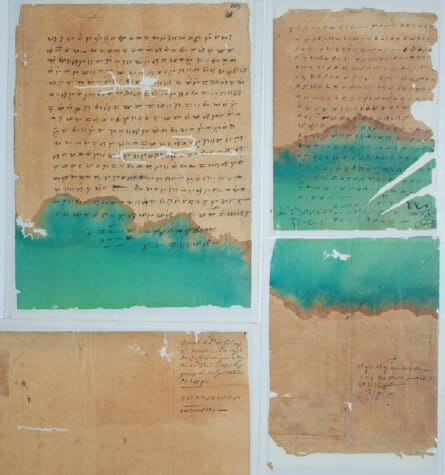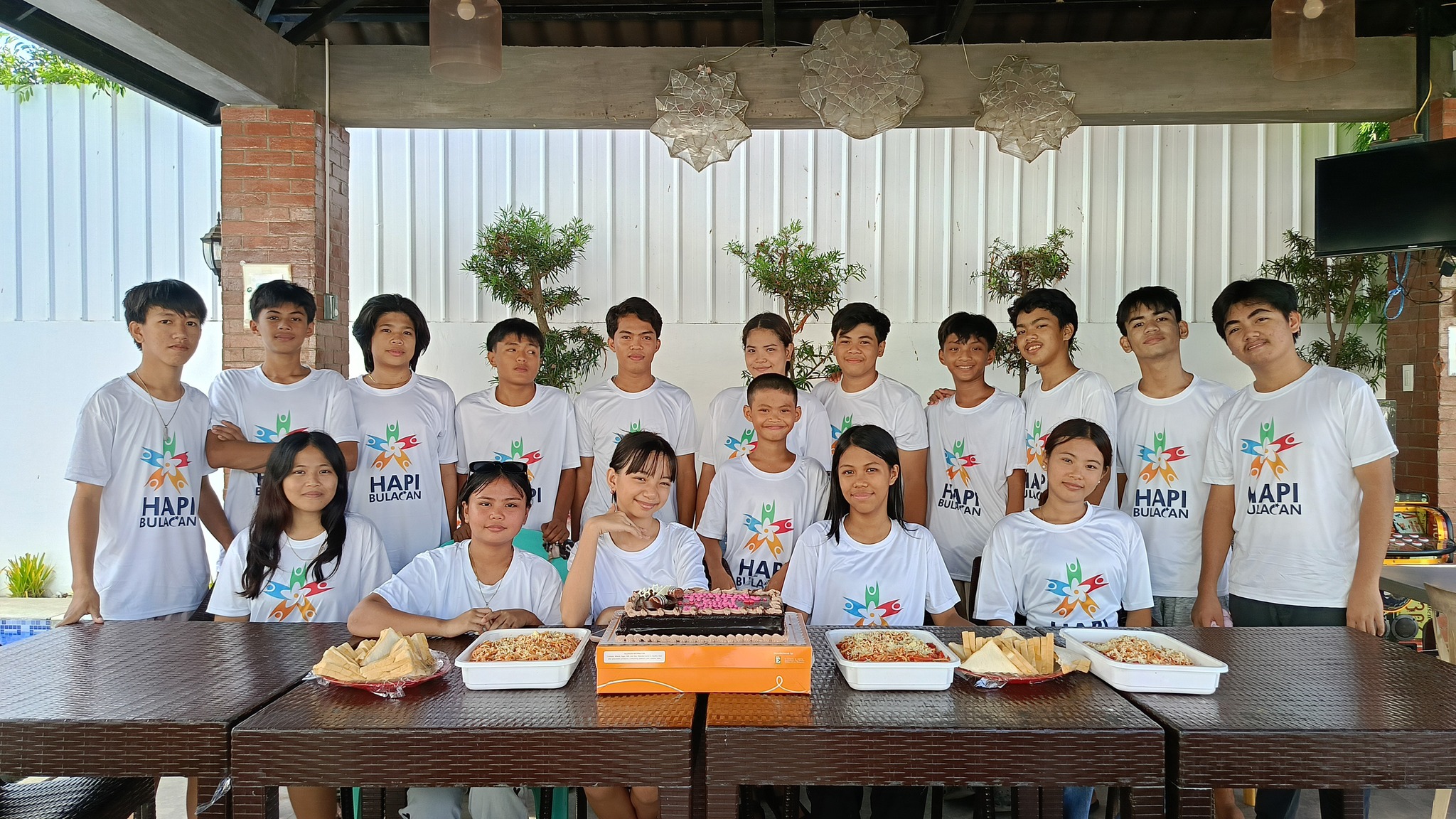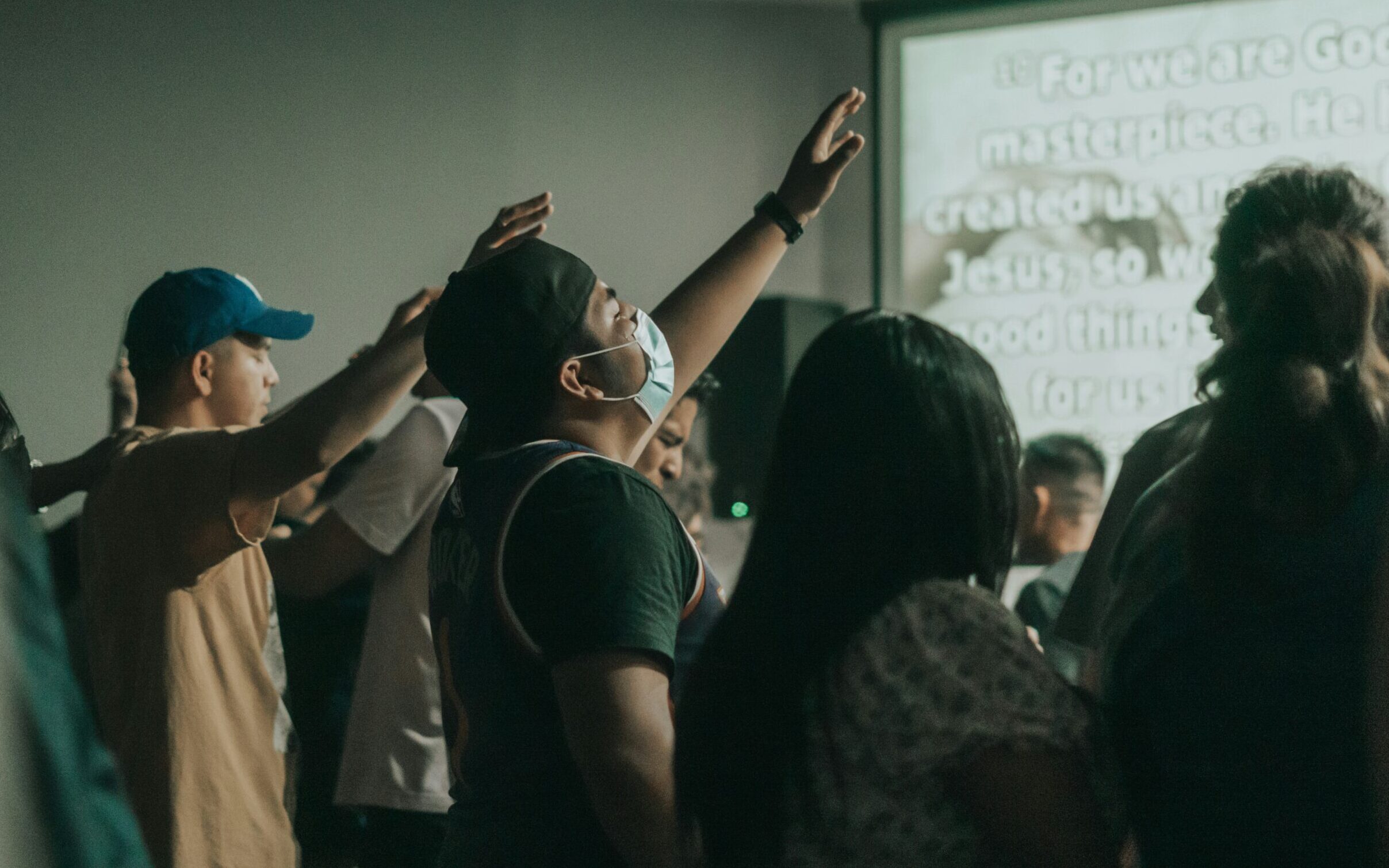How Baybayin’s Legacy Lives On
By Kryshia Gayle Solon
HAPI Scholar
ᜉᜋᜈ
“Pamana” / “Legacy” in Baybayin
Baybayin is a pre-Hispanic Philippine writing system that was widely used throughout the islands before the arrival of the Spaniards. The term Baybayin comes from the Tagalog word, baybay, which means “to spell.” Spanish missionaries first documented it in the 16th century. However, it is believed to have been in use long before then. It was used to write other languages during those times, namely Ilocano, Pangasinan, and Bisaya. Baybayin was primarily used for personal correspondence and government record-keeping purposes. It was also used as a sign manual in trade and for temple rituals and ceremonies. Some ancient manuscripts have been found that were written entirely in Baybayin, some containing as many as 4,000 characters.
“One reason that Filipinos may have lost interest in preserving the knowledge of Baybayin is that they believed it is only significant in documenting the precolonial culture.”
Today, Baybayin is mainly associated with artistic work. It is commonly used for calligraphy and tattoos. Modern writers have also begun using Baybayin in their works as an artistic medium. Several modern poets and authors have written entire works in the Baybayin script, including Fernando Zobel de Ayala, Nick Joaquin, Raul Sunico, and Lualhati Bautista. Despite these efforts to revitalize the use of Baybayin in the modern age, its use has declined in recent years. This was mainly due to the influence of colonialism and the widespread use of the Latin alphabet after the Spanish Colonization of the Philippines. One reason that Filipinos may have lost interest in preserving the knowledge of Baybayin is that they believe it is only significant in documenting the precolonial culture. This view probably arose during the 20th century, when scholars began to recognize the importance of preserving local languages and cultures in order to preserve the country’s cultural heritage.

But genuine interest in using Baybayin has grown since then, with many schools and cultural institutions incorporating the teaching of this traditional writing system into their curriculums. The University of the Philippines has restored a centuries-old monument honoring Baybayin on campus in recognition of its cultural and historical significance. The cultural significance of Baybayin can also be felt in local communities today, where groups of artists use this traditional script for their murals and graffiti art. By reviving interest in traditional Flipino art such as Baybayin, younger generations of Filipinos are becoming more connected to their heritage and more aware that their culture is a part of who they are as a person.
There is an ongoing debate on whether the Baybayin writing system affects our cultural identity. Some people believe it does, while others think it does not have much effect. There are a few arguments for both sides. Those who believe that the Baybayin writing system does affect our cultural identity argue that it is a part of our history and culture. They point out that this writing system was used by our ancestors and is still used by some people today. Thus, the Baybayin writing system is vital to our cultural identity. On the other hand, those who do not believe in the effect of this writing system on our cultural identity argue that it cannot be used as frequently anymore; they point out that the Latin alphabet is commonly preferred instead of Baybayin. They believe it is not as crucial to our culture as it once was.
People take pride in their culture and history, which is why they place a high value on things such as language and writing systems. There are many different writing systems worldwide, and some are more popular than others. However, all of these writing systems are significant to people all around the world because they are a reflection of their history and culture. People who share a writing system are more likely to have a sense of shared identity, and they can learn from each other’s culture by using a common language.
Baybayin is an exciting and beautiful writing system that strongly bonds our cultural heritage. We should preserve and teach it to future generations so that it will continue to be part of our culture and an essential part of our identity as Filipinos. Although many people are no longer familiar with Baybayin, I believe that it is still important to teach the younger generations about it so that they can learn more about our heritage and culture.








